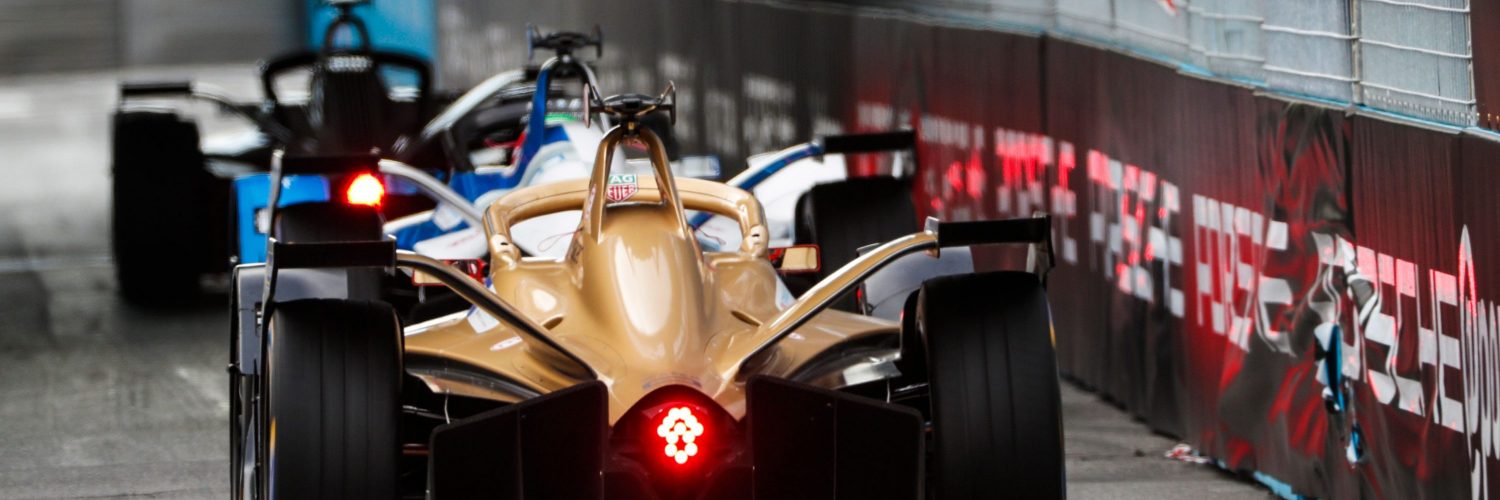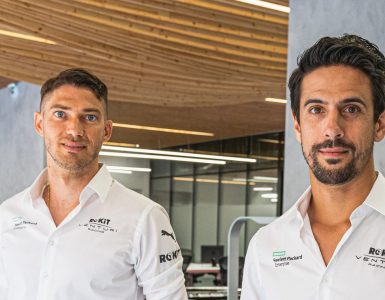With seven different pole sitters and winners in as many races, the 2018/19 Formula E season is being hailed as a huge success for its unpredictability and close racing.
The homologation of the chassis and qualifying system that means the more successful drivers of the previous round go out in the early groups in the next round has certainly shuffled things up to such a degree that picking winners is as difficult as in a horse race.
Yet for all the plus points of close wheel-to-wheel racing comes the downside of when an accident happens, it often leads to a total circuit blockage, as was the case in Rome, and a lengthy red flag situation whilst cars are cleared, clocks stopped and reset and racing order restored.
A historic race! Here's your 60 second highlights from the 2019 @GEOX #RomeEPrix ⚡️#ABBFormulaE pic.twitter.com/tv4nwtW2Lo
— ABB Formula E (@FIAFormulaE) April 13, 2019
This season, with the faster and wider Generation 2 cars, it has happened more often than before. The tracks are staying the same width, but the cars are getting bigger. So what, then, is the solution?
Racing on wider, Formula One style circuits seems to be the easiest solution but would take a whole reshuffling of the calendar and the ethos of ‘Electric Street Racing’ around some of the world’s most iconic cities – a factor that has made the series so popular and accessible in the first place.
There is also the argument that advanced as the Gen 2 cars are now, they are not ready for this kind of racing due to the Michelin tyre spec and the batteries are still not powerful enough to take the cars more than handful of laps around the long and iconic motorsport venues.
During the delay to proceedings in Rome, the very question was put to Edoardo Mortara as to why there are so many accidents and stoppages this year.
“It’s been pretty much like this in the last races, so we have to expect red flags during Formula E races,” said Mortara. “Statistically we have had one hundred per cent red flags since the start of the season so there are high chances we will have more. Why? It’s difficult to answer.
“Maybe it’s because the cars are a little bit wider probably a mix of them being more powerful, the cars are wider. It’s also more difficult to overtake during the race so you need to take your chances at the beginning of the race and maybe you have to take some risks when you start at the back. Maybe.”
As reported by motorsport.com before the weekend’s action in Rome, the number of accidents and collisions is something that the FIA has looked at and will take stricter action on drivers, described as a “yellow card” by the FIA’s circuit championships director, Frederic Bertrand.
“What we agreed with the team managers, with the team principals, and we exposed to the drivers, is clearly because of the [car strength] situation and [is intended] to calm down a little bit the bad feeling people start to have on having too much ‘touring car behaviour’ and not enough ‘single-seater behaviour’,” Bertrand told Motorsport.com.
“Just to compensate [for] the fact that the car is not breaking. That’s more or less the spirit. There is not an idea of changing, it’s just being stricter or being a little bit harder on some sanctions. We [will] increase communication between our race director and the teams, so that in case we see behaviours that he doesn’t like, he will be able to really inform them [and] have a warning system.
“On top of this [the race director will] be able to report to the stewards as usual [anything] that we don’t like in case the [contact] is too harsh in the beginning and it can go straight to the sanctions. But still there is a potential yellow card system, which could work. The stewards are totally independent in the way that they decide – so we don’t want to interfere in the fact that they have to decide this or that. We [just] ask them to take into consideration the fact that they must, within the rules, which are the current ones, be a little bit harder, so that we compensate and calm down the go kart effect a little bit.”
A red flag on lap one after a multi-car traffic jam 🚩 pic.twitter.com/oL8bSQdjwU
— ABB Formula E (@FIAFormulaE) April 13, 2019
For now, then, there seems no hard and fast answer apart from the threat of harsher punishments to drivers for causing accidents. Or possible eliminating the tighter chicane areas such as the bus stop in Rome that caused the concertina effect that led to the hour delay that may well have had potential new fans of Formula E turning off their television sets. And that is something nobody wants to happen.




